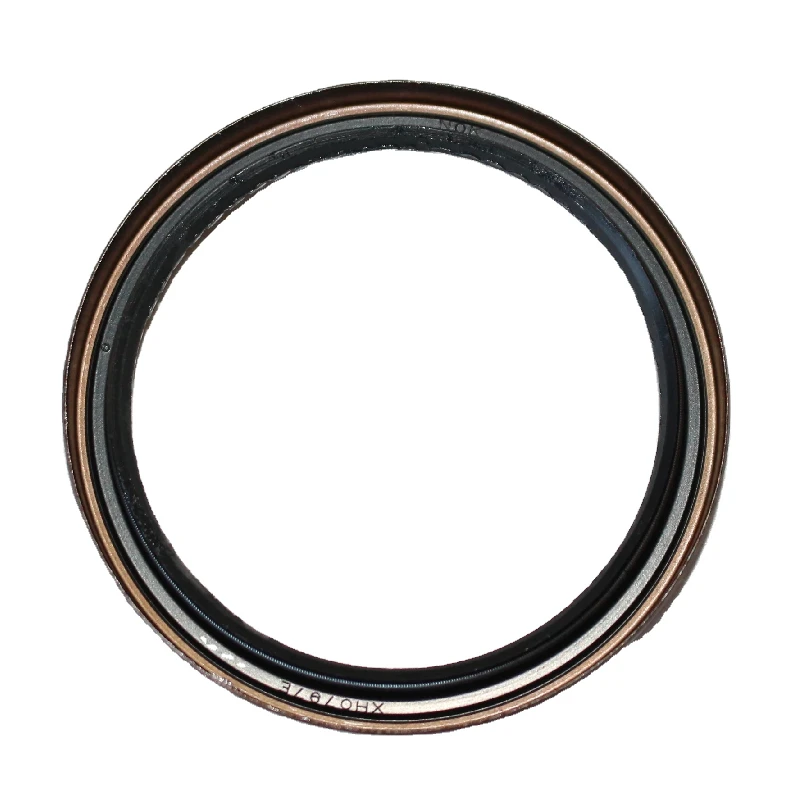Understanding Valve Oil Seals and Their Importance in Engine Performance
Understanding Valve Oil Seals Key Components for Engine Performance
Valve oil seals play a crucial role in the operation and longevity of an engine. They are small, yet essential, components that control the flow of oil within the engine, particularly around the valves. Proper functioning of these seals is vital for maintaining optimal engine performance and preventing oil leaks, which can lead to significant engine problems.
The Purpose of Valve Oil Seals
At its core, the valve oil seal's primary function is to prevent engine oil from entering the combustion chamber while simultaneously allowing the valve stem to move freely in its guide. When an engine operates, the valves, which are responsible for allowing air and fuel in and exhaust gases out, require lubrication to reduce friction and wear. However, if oil seeps into the combustion chamber, it can lead to an array of undesirable outcomes, including increased emissions, reduced fuel efficiency, and oily residue on spark plugs, which may hinder ignition.
Design and Materials
Valve oil seals are typically made from durable materials like rubber or silicone elastomers, chosen for their resilience and ability to withstand high temperatures and pressures. These materials are specifically designed to maintain their shape and flexibility even in the harsh environment of an engine, where extreme temperatures and corrosive chemicals are common. The design of valve seals varies, but most consist of a cylindrical shape with a lip that creates a seal around the valve stem. This lip is critical for ensuring a tight fit that prevents oil leakage.
Signs of Wear and Failure
valve oil seal

Over time, valve oil seals can wear out due to exposure to heat, high pressure, and engine vibrations
. Signs of a failing valve oil seal include excessive oil consumption, blue smoke from the exhaust, and oil leaks around the valve cover. If noticed early, replacing the seals can prevent more extensive damage to the engine and save on costly repairs.Replacement Process
Replacing valve oil seals typically involves a significant amount of labor, as the procedure requires disassembling parts of the engine, including removing the cylinder head. Mechanics will first need to remove the old seals and install new ones, ensuring they are correctly positioned to form an effective seal. Given the complexity of the task, it is often recommended that this replacement be performed by experienced professionals.
Importance of Maintenance
Regular engine maintenance can have a significant impact on the longevity of valve oil seals. Keeping the engine clean, using high-quality oil, and adhering to recommended service intervals can help minimize wear on seals. Additionally, addressing engine overheating and other issues promptly can prevent premature seal degradation.
Conclusion
Valve oil seals may be small components, but their importance in engine performance cannot be overstated. They serve as the gatekeepers of oil flow, ensuring that the engine runs smoothly and efficiently. Understanding the function and maintenance of valve oil seals can help vehicle owners take proactive steps to ensure their engines remain in peak condition, avoiding costly repairs and extending the life of their vehicles. By recognizing the signs of wear and addressing issues promptly, drivers can keep their engines healthy and prevent unnecessary disruption in their daily driving experiences.
-
Simplifying Oil Changes: A Comprehensive Guide to Oil Drain Plugs and Their Variants
News Aug.04,2025
-
Mastering Oil Drain Maintenance: Solutions for Stripped, Worn, and Upgraded Oil Plugs
News Aug.04,2025
-
Fixing Oil Pan Plug Issues: Leaks, Stripped Nuts, and the Right Replacement Solutions
News Aug.04,2025
-
Everything You Need to Know About Oil Drain Plugs: Sizes, Fixes, and Upgrades
News Aug.04,2025
-
Choosing the Right Oil Drain Plug: A Guide to Sizes, Materials, and Drain Innovations
News Aug.04,2025
-
A Complete Guide to Automotive Drain Plugs: Types, Problems, and Innovative Solutions
News Aug.04,2025
-
The Ultimate Guide to Car Repair Kits: Tools and Essentials Every Driver Should Own
News Aug.01,2025
Products categories















